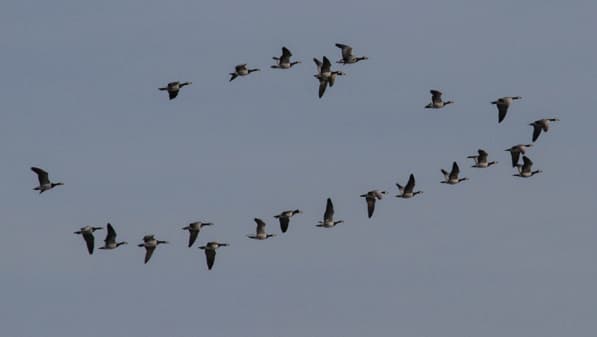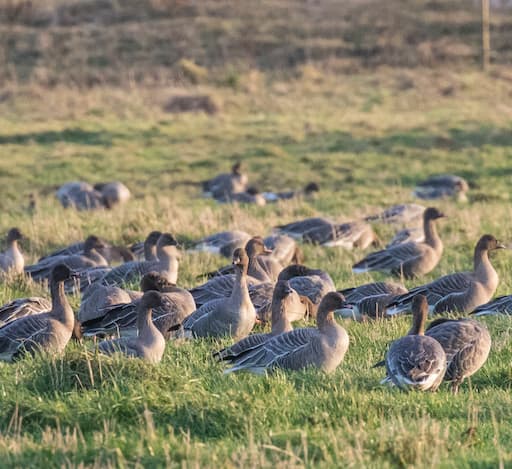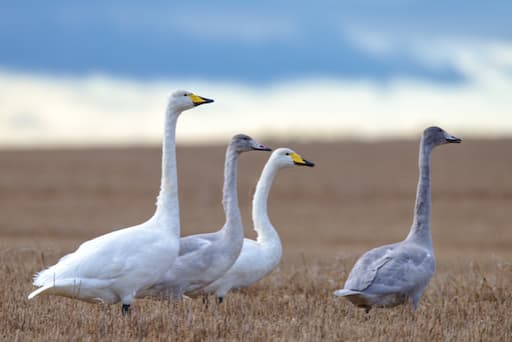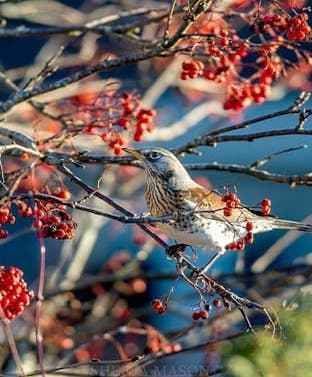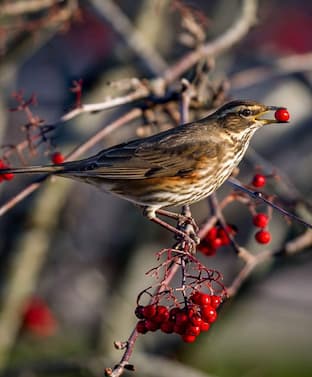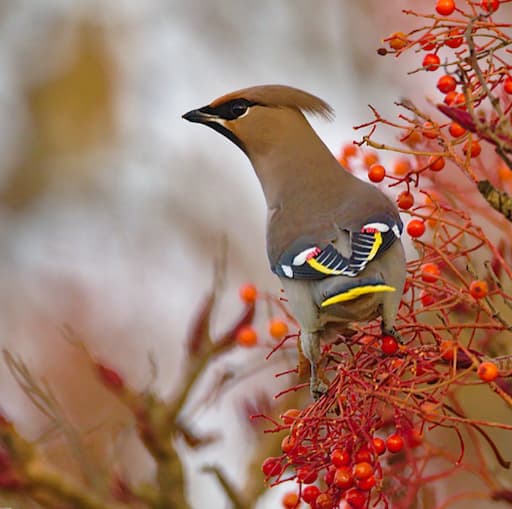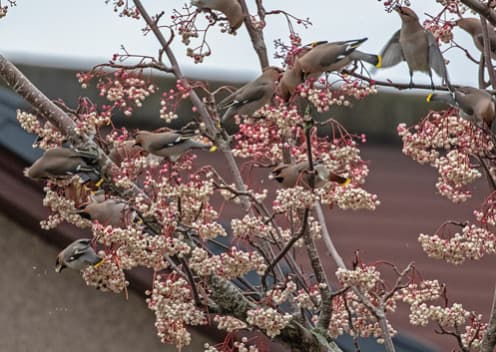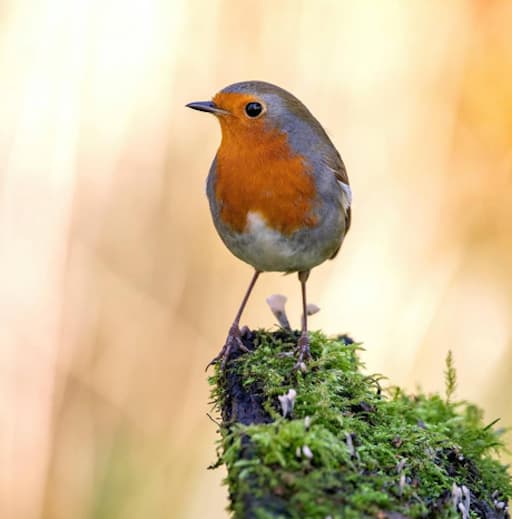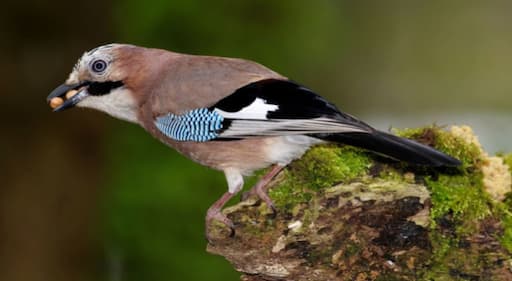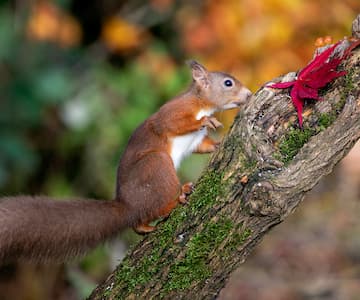Migration
One of the best things about autumn for Jock is the comings and goings of his feathered friends. That’s called migration, and it’s pretty incredible-it’s the regular movement of some birds and wildlife from one part of the world to another, and back again.
More about migration can be found on RSBP web site in the Migration section.
He waves off his osprey, swallow, swift, sand and house martin friends, hoping their babies are strong enough, knowing that most are heading for Southern Africa, but the house martins refuse to tell him where they are going, they like being mysterious!
He misses the song of the willow warblers and spotted flycatchers and he sometimes gets muddled up with the blackcaps-his summer ones head south to the Mediterranean, but he gets new arrivals from Central Europe!
He’s always excited to welcome his pals who will spend winter here!
Pink Footed Geese
One of the best things about autumn for Jock is when he hears the ‘ink ink’ of the pink footed geese flying in skeins. That’s the ‘v’ flying formation, as they arrive from Greenland and Iceland, flying an incredible 3,400 miles!
They’re pretty amazing! An astonishing 30,000 spend time with us and Loch of Skene is one of their main roost sites. They like safe overnight roosts on water and it’s incredible to see them at first and last light heading to and from their feeding areas. They come here in October from Greenland and Iceland and spend winter munching on farmland and wetland before heading north again in April.
To find out more about pink Footed geese on the RBPB web site in their Pink Footed Goose section.
